The Complete Guide to Cold Plunging
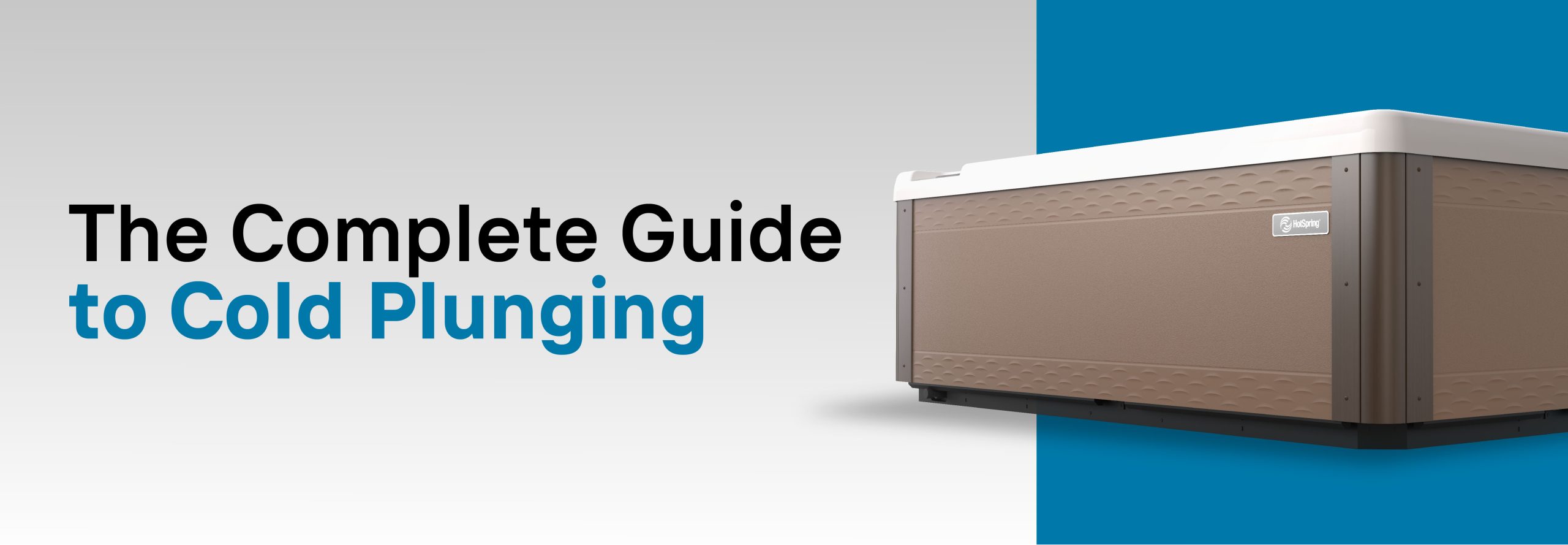
You may have heard about the health benefits of cold plunging, but do you know the best way to use your cold plunge to maximize the benefits for you? In this complete guide to cold plunging, we review what time is best for cold plunging depending on your goals, the ideal temperature, and how long you can stay in.
Key Takeaways
Cold plunging elicits many health benefits from boosting immune function and stress responded to increasing alertness and reducing inflammation. Most experts agree that the best cold plunge temperature is between 50-59F and that beginners should start with warmer temperatures and shorter time frames. To maximize the benefits of cold plunging, people can consider their goals to decide which time of day will be most effective—for alertness and mental clarity, a first-thing-in-the-morning plunge is effective and for athletic recovery, a post-workout plunge is effective. Cold plunging is generally safe, but people with diagnosed conditions, especially heart conditions, should check with their doctor before plunging. It is recommended to cold plunge with a partner.
Table of Contents
- Health Benefits of Cold Plunging
- Best Cold Plunge Temperature?
- Hot Spring’s Guide to Cold Plunging for Beginners
- Best Time of Day to Cold Plunge?
- How Long Should You Cold Plunge?
- Is Cold Plunging Safe?
- Cold Plunge Water Care
Health Benefits of Cold Plunging
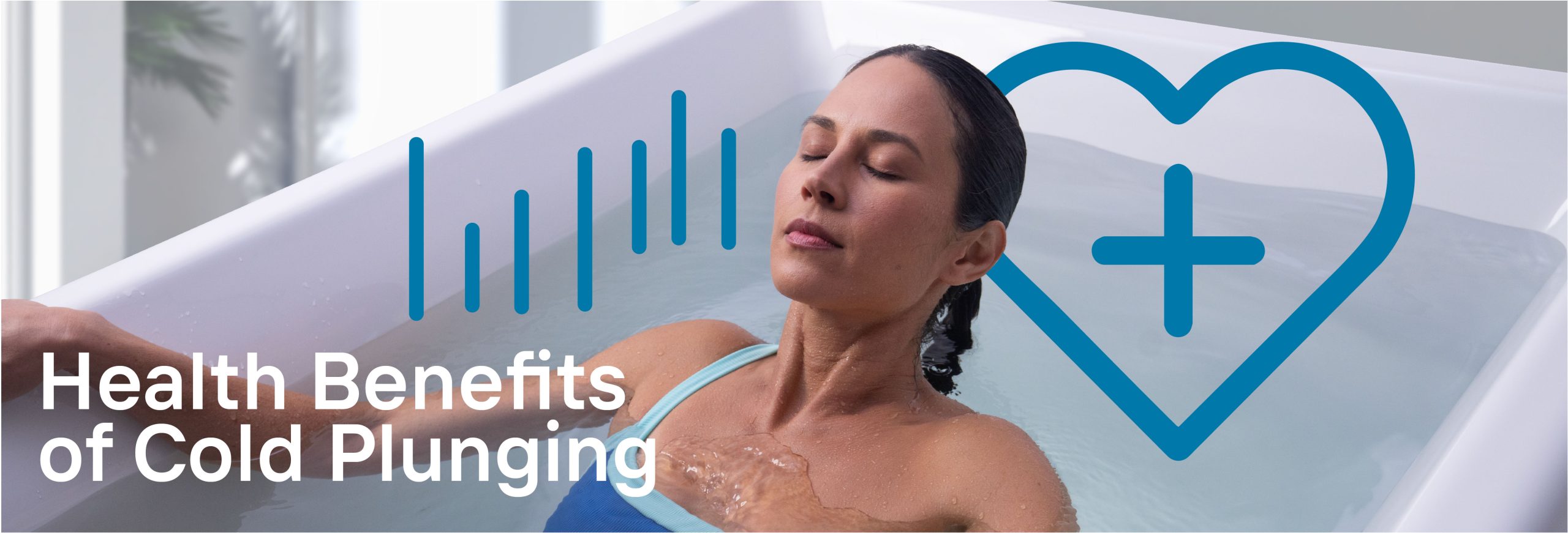
The health benefits of cold plunging range from increasing alertness and reducing inflammation to boosting immune function and stress response. Researchers continue to study this practice that has been around for hundreds of years, and has recently made a resurgence throughout health-minded communities. Many celebrities, like Tony Robbins, Joe Rogan, David Beckham, Mark Wahlberg, and Chris Hemsworth are known to use a cold plunge as part of their regular routine.
Read more about the proven health benefits of cold plunging
Try a hot tub-cold plunge combo to maximize your benefits
Best Cold Plunge Temperature
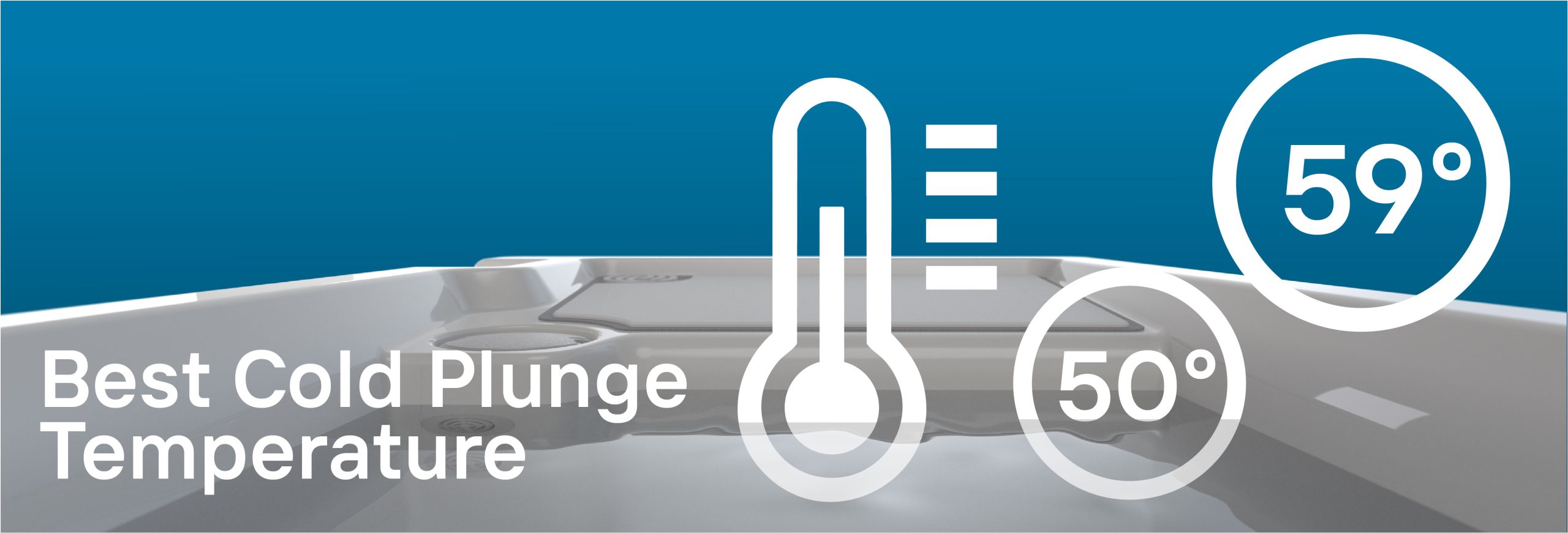
Most experts agree that the sweet spot for reaping the benefits from cold plunging lies between 50-59°F (10-15°C) and that beginners should start on the high end and slowly decrease the temperature as they get used to the practice.
The temperature range of the Hot Spring Vigor is 40°F (5°C) to 80°F (27°C), making it perfect for beginners and expert cold plungers alike.
Here are tips for Cold Plunging for beginners from the Hot Spring Vigor Cold Plunge manual:
- Start with water that’s between 50°F and 60°F (10°C and 16°C) if never cold plunged before.
- Don’t hesitate, submerge your entire body up to the jaw line.
- Control your breathing and stay calm.
- Get out when you start shivering (or before).
- Gradually ease into building a tolerance to the frigid temperatures.
- Consider doing a 15 – 30 second shot of cold water at the end of a shower to ease into it.
Source: Hot Spring
Best Time of Day to Cold Plunge
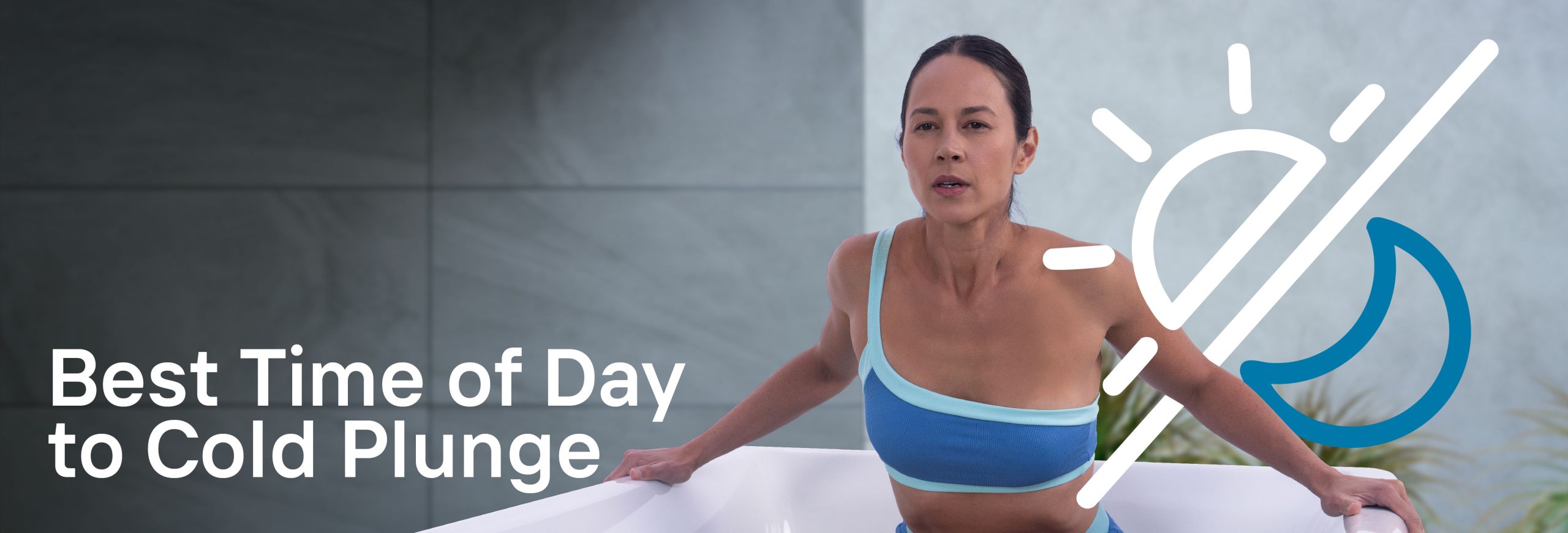
The best time of day to cold plunge depends on you and your goals and preferences. A lot of people like to start their day with a cold plunge to enhance alertness and mental clarity.
The best time to cold plunge, if you’re using it to recover from athletic stress or inflammation, is after the workout.
Learn more about how a cold plunge can support athletic recovery.
Some people find a cold plunge near the end of the day helps them relax, but others find this practice too stimulating before bedtime. With a cold plunge at home, you can create your schedule around cold plunging whenever works best for you.
How Long Should You Cold Plunge?
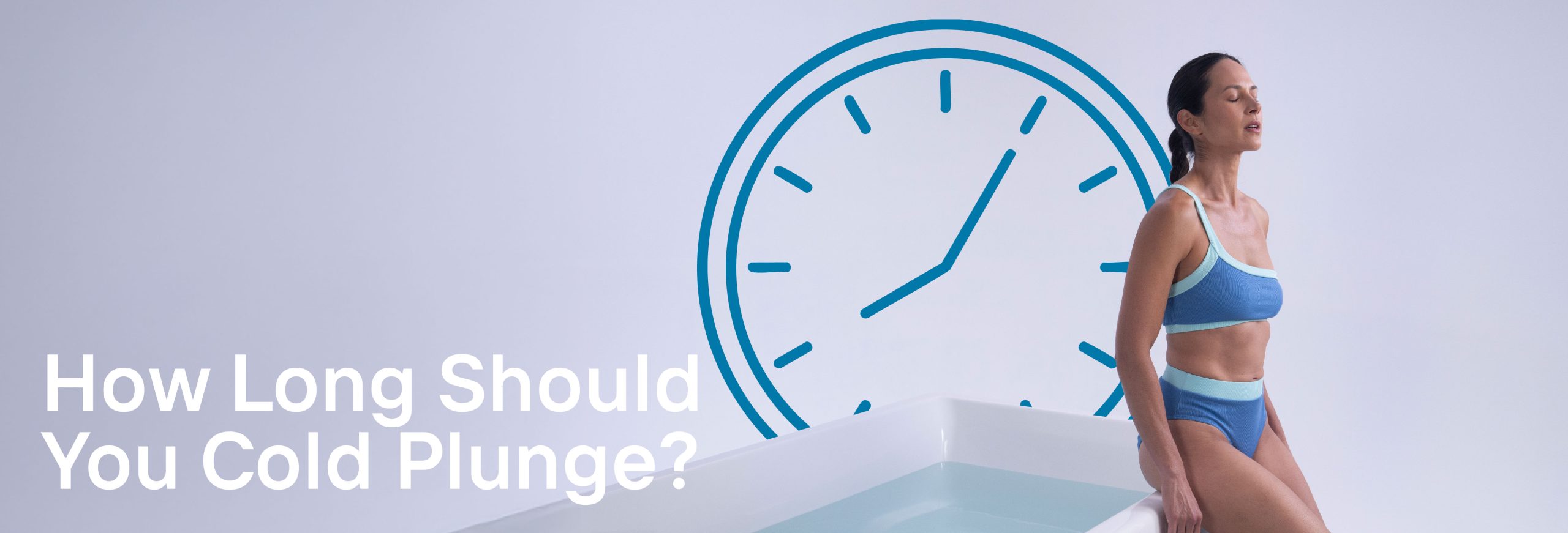
Most experts recommend starting your cold plunge sessions for 30 to 60 seconds. Once your body begins to adapt, you can increase the time of your regular plunges. Keep in mind that these are recommendations for the general public; your health care provider can always help you determine what is best for you and your body.
Is Cold Plunging Safe?
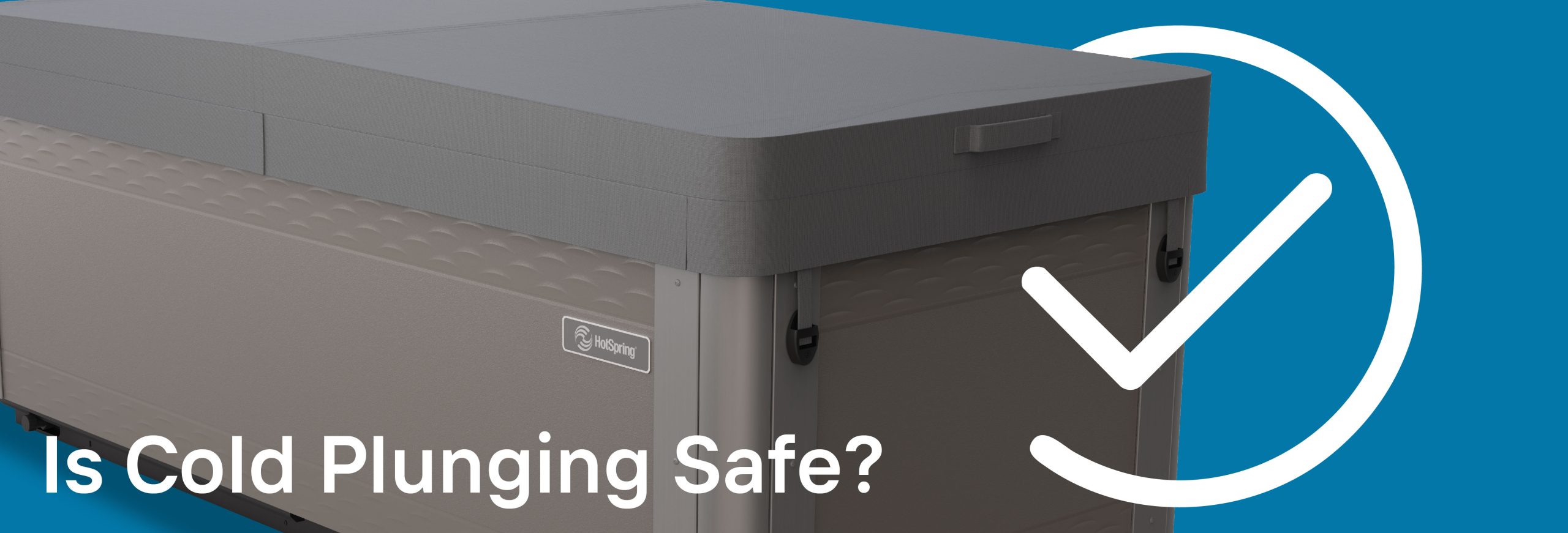
Cold plunging is generally considered safe for healthy adults, but may pose some risk to certain populations, specifically people with heart conditions. If you have a condition, check with your doctor before cold plunging. It is always a good idea to cold plunge with a partner, especially if you are cold plunging in open water.
Care for Cold Plunge Water
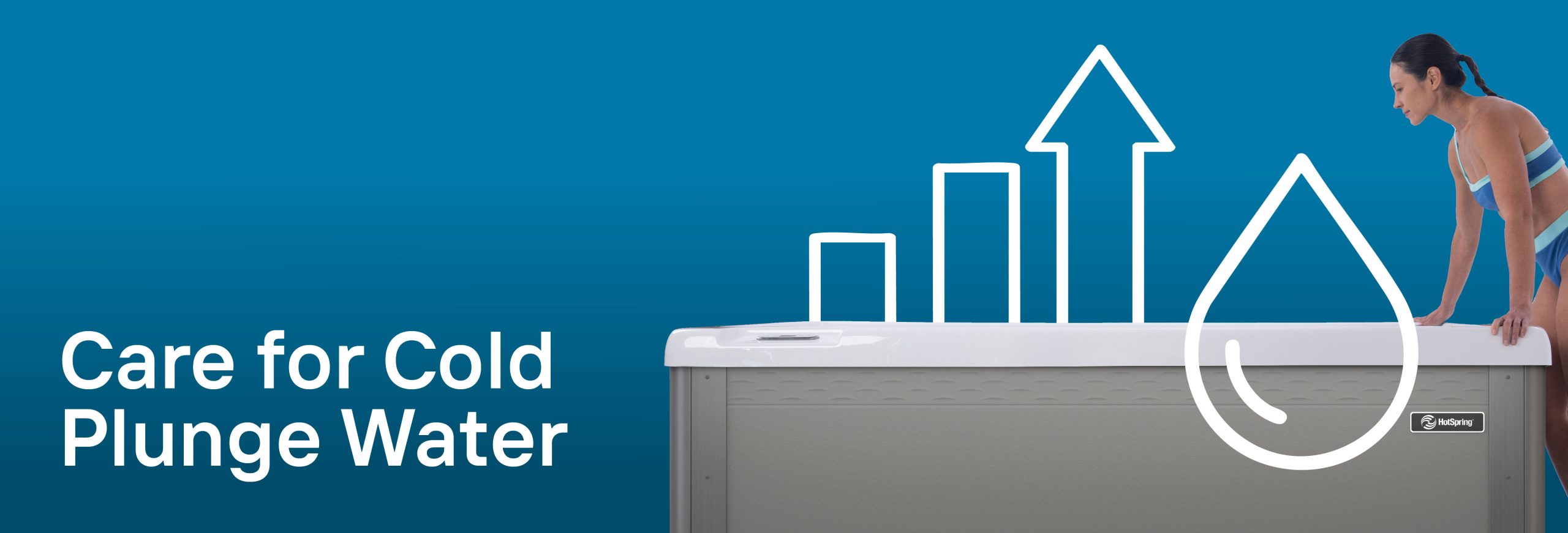
Just like with a hot tub, it is important to keep your cold plunge water clean and chemically balanced.
According to Hot Spring, the recommended levels for the Vigor cold plunge are:
- Free Available Chlorine (FAC): 3.0 – 5.0 ppm
- Total Alkalinity: 40 – 120 ppm
- Water pH: 7.2 – 7.8 Calcium Hardness: 75 – 150 ppm
Ready to take the plunge? Read our guide to the best cold plunges out there.
